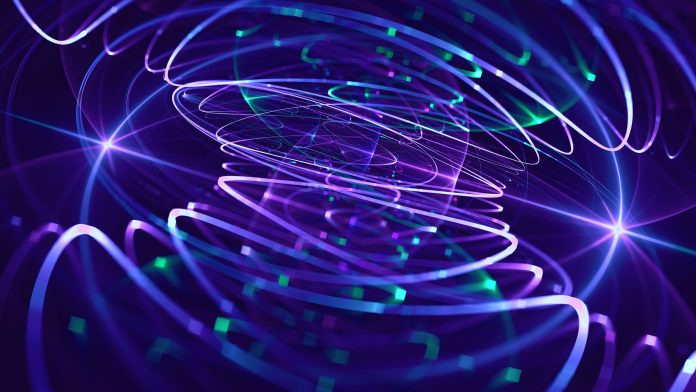A new artificial intelligence tool is helping researchers tackle some challenges within fusion energy by protecting the inside of fusion reactors from the intense heat of plasma
Developed through a public-private collaboration, this new AI approach dramatically speeds up critical calculations that are key to designing and operating fusion systems efficiently.
Understanding the heat challenge in fusion reactors
Fusion energy is the process that powers the sun and holds promise for clean, virtually limitless power on Earth. But recreating this reaction in a controlled setting is proving difficult. One of the biggest struggles is managing the intense heat generated by the plasma, the superheated gas where fusion occurs.
Inside fusion devices like tokamaks, this plasma reaches temperatures hotter than the core of the sun. If not managed properly, this heat can damage the internal components of the reactor, especially those that face the plasma directly.
Identifying areas within the reactor that are shielded from this heat, known as “magnetic shadows”, is vital for protecting materials and avoiding costly interruptions in reactor operations.
AI for fusion safety
To address this issue, researchers from Commonwealth Fusion Systems (CFS), the U.S. Department of Energy’s Princeton Plasma Physics Laboratory (PPPL), and Oak Ridge National Laboratory developed HEAT-ML, a new AI-powered tool. HEAT-ML uses deep learning to predict magnetic shadows much faster than traditional methods.
These shadows are identified by tracking how magnetic field lines interact with the internal components of a fusion reactor. In earlier methods, simulating these interactions could take 30 minutes or more per scenario due to the complexity of tracing field lines through detailed 3D reactor geometries.
HEAT-ML changed this by reducing that time to just milliseconds. The AI model was trained using data from approximately 1,000 simulations, allowing it to recognise patterns and generate accurate results at a much faster pace.
Focusing on SPARC’s most heated region
HEAT-ML was initially developed to support the design of SPARC, a compact tokamak under construction by CFS. SPARC is expected to be one of the first fusion reactors to demonstrate net energy gain by 2027.
Researchers focused their efforts on simulating heat impacts on a critical part of SPARC’s exhaust system: 15 tiles near the bottom of the machine that will endure the most extreme plasma conditions. Predicting how heat will interact with this section is essential for ensuring the reactor’s durability and safety.
HEAT-ML is currently tailored specifically to SPARC’s design and is integrated as an optional feature in the existing HEAT simulation toolkit. However, the long-term goal is to generalise this AI tool so it can work across different reactor shapes and sizes.
By doing so, researchers hope to not only speed up the design process for new fusion devices but also assist in real-time operational decisions. For example, operators could use AI tools like HEAT-ML to adjust plasma conditions on the fly and prevent potential damage before it happens.











